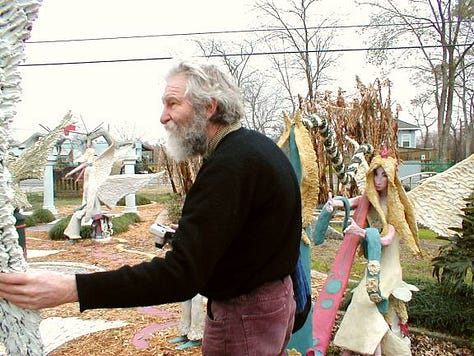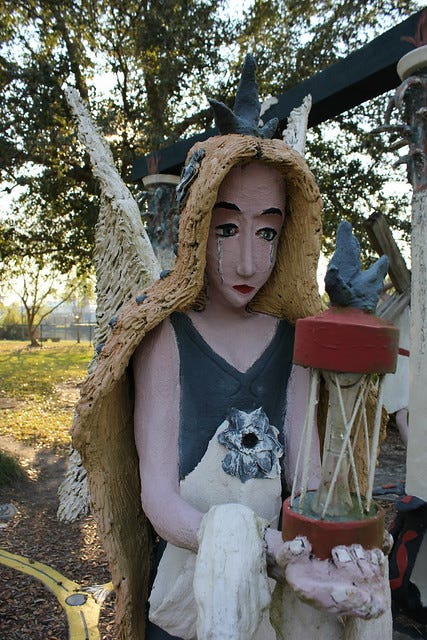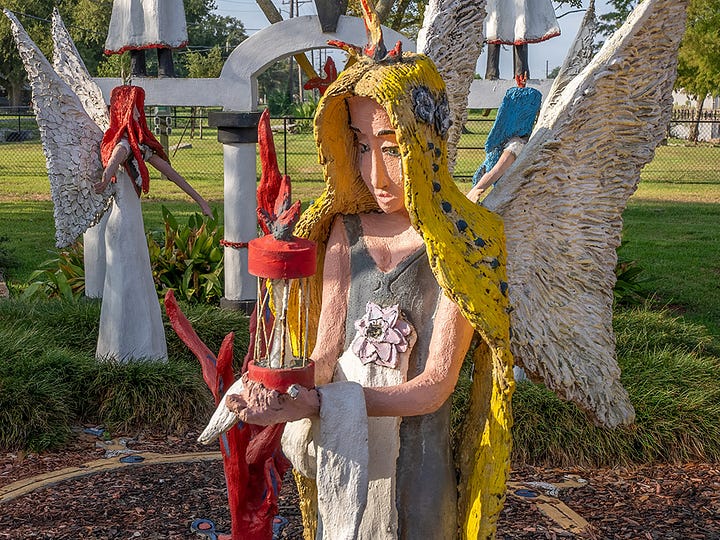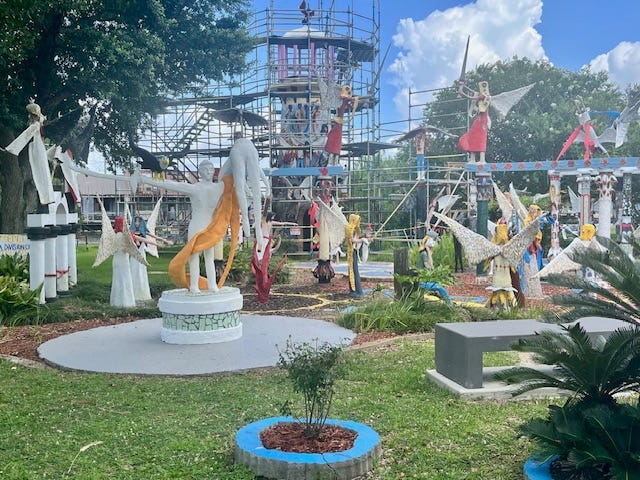Over the next month or so, I’ll be rolling out stories here and over at Coastal Review about my recent trip visiting with people who live at the water’s edge in the bayous of southern Louisiana. Their world is rapidly changing. Marshes are disappearing at an alarming rate as the seas continue to rise. Violent storms have scattered whole communities and threaten ancient cultures. They are people at the forefront of the struggle that all of us on the coast will have to confront as the natural world adapts to the warming climate.
Over shrimp boils and in small skiffs gliding through narrow passages with names like Grandpa’s Bayou, they told me their stories of survival. Rosina Philippe, an elder in a small native tribe in Plaquemines Parish, fights to keep her people together. They can reach their homes only by boat, and the dry land under them is quickly turning to water. Not too far away in Ironton, one of the oldest Black settlements in the state, the Rev. Haywood Johnson Jr. has tenaciously fought for years to reopen his church that a hurricane destroyed, scattering his flock. He fervently prays for the day when he can bring his people back. He promised to invite me to that homecoming.
Brothers Dominic and Levis Dardar are already home and are determined to stay. They are the last remaining members of their native tribe who chose to cling to their ancestral island home that hurricanes have battered out of existence. Everyone else has voluntarily moved or been relocated. “This is where I was born and this is where I’ll die,” Dominic said one night as the sun set over the bayou. “I have no place else to go.”
Eric Verdin plies for white and brown shrimp through the waters of Lafourche Parish, ground zero for wetland losses in the world. He can’t even trust the most-current online navigation charts because they show land and channels that aren’t there.
You’ll meet Amy Lesen, a Jewish girl from the Bronx who got her PhD. and settled in New Orleans to devote her career helping the marginalized water people of the bayous; and Karen Amspacher, a Harkers Island, NC, native, and a fierce defender of the culture of Down East in eastern Carteret County. She was the trip’s inspiration and hopes to bring home lessons that her own water people could use in their coming struggle.
They will come later.
First, a bit of whimsy. Let’s start with the enigmatic Kenny Hill.
We unexpectedly came across him, or more precisely, what he left behind, while driving down LA 56 outside Chauvin in Terrebonne Parish. We crossed the bridge at Bayou Petit Caillou, and there they were by the side of the road: 100 life-sized sculptures in vibrant Cajun colors. We, of course, had to stop.
As it turns out, not much is known about Kenny. He showed up one day in 1988. From where, nobody knows. He came to a handshake agreement with the property owner about rent and pitched a tent on the lot across the road. He later built a rustic cabin there. Kenny kept pretty much to himself. An uneducated man, he scratched out a living laying bricks.





In his spare time, he fashioned his artistic vision out of surplus concrete, brick, and rebar from job sites. Completely self-taught, Kenny created his art for himself. No one paid him for it. “It’s about living and life and everything I’ve learned,” he once told an art professor.
Religion clearly inspired his art. There are a lot of angels, some inviting passage through the maze of sculptures, others seeming to bar the way. They vary from blue-skinned, bare-footed, and sightless to regal, celestial figures clad in medieval garb with the black boots of the local shrimpers. Jesus is also prominent, carrying the cross and holding a baby. Kenny placed himself in many of the scenes, riding a horse, carrying Jesus’ cross, standing with long hair and a beard, his heart bleeding or his face painted half black and white, suggesting his struggle with good and evil.
A 45-foot lighthouse made from more than 7,000 bricks is the most prominent piece. Cowboys, soldiers, angels, God, and Kenny cling to the outside. Damaged by storms, the lighthouse is sheathed in scaffolding as it undergoes repairs.
Walking through Kenny’s sculptures on a Sunday morning evoked a deep sense of spirituality, and I’m not a religious guy, but I also felt pain. Kenny wasn’t a happy man.
That became apparent when the parish government in 2000 evicted him for not mowing the grass. In a fit of rage and anguish, he knocked the head off a statue of Jesus, scrawled “HELL IS HERE, WELCOME” across his kitchen cupboards, and set off down the road with just the clothes on his back. Kenny Hill was never seen again along Bayou Petit Caillou. Local rumors suggest he might be in Arkansas living with his brother and making more sculptures.
Those he created here were given to Nicholls State University over in Thibodaux. With money form the Kohler Foundation – the toilet bowl people – the school built an art studio where Kenny’s shack was and officially dedicated his sculpture garden as public park in 2002.





Art is life. I feel like I saw Kenny’s sculptures from your description. Thanks for sharing